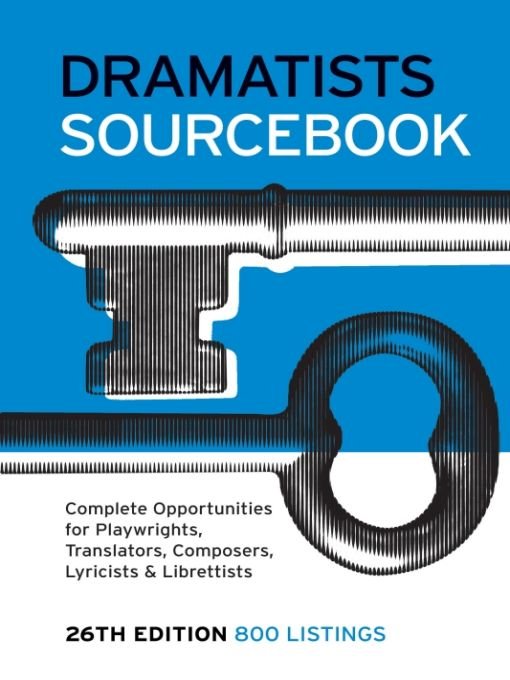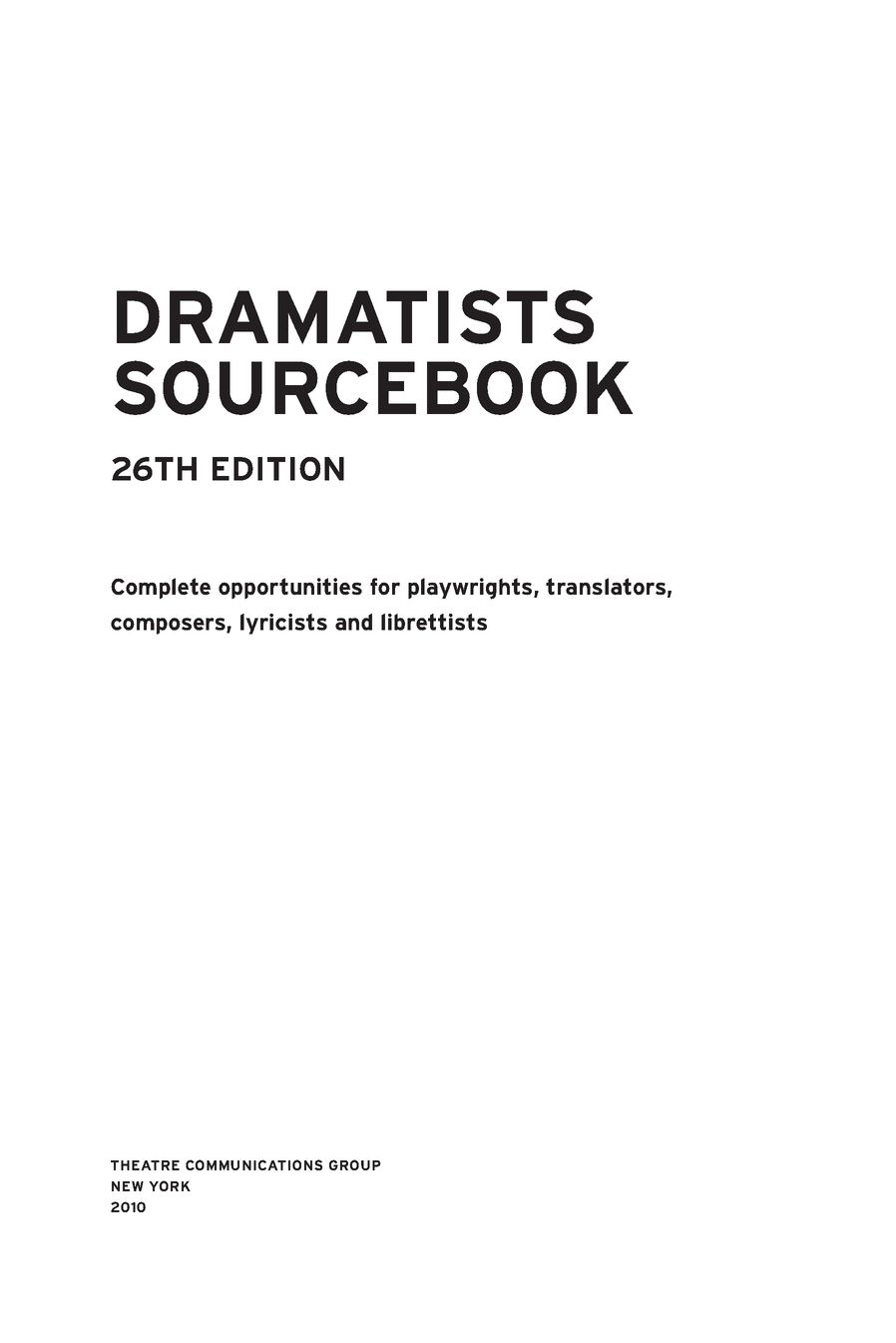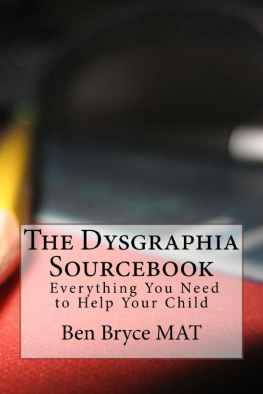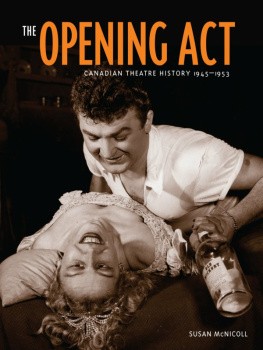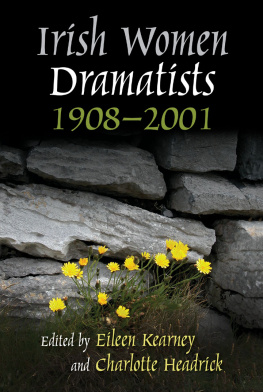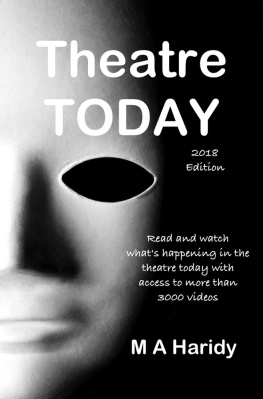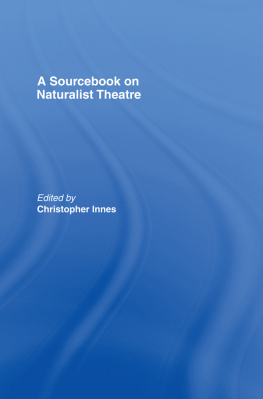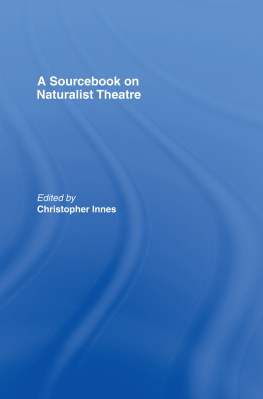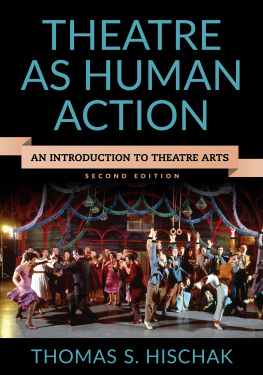Table of Contents
PREFACE
Welcome to the 26th edition of the Dramatists Sourcebook.
The Sourcebook was first published in 1981 and contained three hundred listings. Now, twenty-nine years later, it hosts nearly three times that many. This is good news.
Running a theatre or theatre-support organization is challenging work. The sustainability of the field is dependent on a fluctuating funding environment and the economy, in addition to other factors. For this reason, organizations often redefine their programs or eliminate them altogether. But because the theatre arts is a dynamic field with a regular infusion of new and creative people, additional programs and the theatres that run them are being created all the time. Nearly 800 opportunities for playwrights is something to get excited about!
Using theSourcebook. Since the Sourcebook is published biennially, it is always important to confirm a deadline before submitting work; an organizations website is an excellent source for this. Years for annual deadlines are not included, since more than one deadline will pass before the next edition of the Sourcebook is printed. Always assume the deadline dates in this book refer to the day materials should arrive, not the postmark date, unless otherwise stated.
Study Tony Kushners A Simple Working Guide for Playwrights (page ix, the Prologue). It offers great advice.
Select those listings your work is best suited for and follow the guidelines meticulously. The Special Interests Index is helpful in finding those listings that may be suited to your type of work. When instructed to write for guidelines, do so. This is a good idea in general, as dates and guidelines sometimes change after the Sourcebook is published. Most important is to ALWAYS ENCLOSE AN SASE with every mailed script, unless the entry specifies that scripts will not be returned. If a listing states that an organization accepts scripts, it should always be assumed that an SASE must be sent as well (we do not restate this for every listing).
Full-length play means just thata full-length, original work for adult audiences, without a score or libretto. One-acts, musicals, adaptations, translations, plays for young audiences, solo pieces, performance art and screenplays are listed separately. Young audiences refers to audiences age 18 or younger, young playwrights refers to playwrights age 18 or younger, students refers to students in college or in an affiliated writing program.
Listings are alphabetized letter by letter (excluding The and A), for example, A. D. Players follows Adirondack Theatre Festival. Entries are alphabetized by first word (excluding The) even if they start with a persons name. So, for example, John Drew Theater is listed under J. (In the index, you will find this theatre listed under J and D.) Regardless of the way theatre is spelled in an organizations name, we alphabetize it as if it were spelled re.
It is important to us that the Sourcebook continue to be a beneficial service to playwrights. With each edition, we take painstaking effort to ensure the accuracy of the listings and to make sure the book is clearly written and easy to navigate. Every organization listed in the Sourcebook has been contacted directly and the accuracy of their listing confirmed at press time. Because each edition of the Sourcebook is fully revised, it is important to always use the most recent edition.
We thank all of the organizations included here. It is through their support that the field stays strong. But, most of all, we thank you, the artists, for your great work and perseverance. We are honored to be of service. We wish you great success.
The Editors
September 2010
PROLOGUE
A Simple Working Guide For Playwrights
BY TONY KUSHNER
A) Format: Most playwrights use a format in which character headings are placed centered above the line and capitalized:
LIONEL
I dont possess a mansion, a car, or a string of polo ponies...
Lines should be single-spaced. Stage directions should be indented and single-spaced. If a characters line is interrupted at the end of the page, its continuance on the following page should be marked as such:
LIONEL (CONTD)
or a string of polo ponies...
There are denser, and thus more economical, formats; since Xeroxing is expensive, and heavy scripts cost more to ship, you may be tempted to use these, but a generously spaced format is much easier to read, and in these matters it doesnt pay to be parsimonious.
B) Typing and reproducing: Scripts should be typed neatly and reproduced clearly. Remember that everyone who reads your script will be reading many others additionally, and it will work to your serious disadvantage if the copys sloppy, faded, or otherwise unappealing. If you use a computer printer, eschew old-fashioned dot-matrix and other robotic kinds of print. Also, I think its best to avoid using incredibly fancy word-processing printing programs with eight different typefaces and decorative borders. Simple typescript, carefully done, is best. Check for typos. A playwrights punctuation may be idiosyncratic for purposes of expressiveness, but not too idiosyncratic, and spelling should be correct.
C) Sending the script:
1. The script should have a title page with the title and your name, address and phone number, or that of your agent or representative. Scripts are now automatically copyrighted at the moment of creation, but simply writing and the date on the title page can serve as a kind of scarecrow for thievish magpies.
2. Never, never send an unbound script. Loose pages held together by a rubber band dont qualify as bound, nor do pages clamped together with a mega-paperclip. A heavy paper cover will protect the script as it passes from hand to hand.
3. Always, always enclose a self-addressed stamped envelope (SASE) or you will never see your script again. You may enclose a note telling the theatre to dispose of the copy instead of returning it; but you must have the ultimate fate of the script planned for in the eventuality of its not being selected for production. Dont leave this up to the theatre! If you want receipt of the script acknowledged, include a self-addressed, stamped postcard (SASP).
D) Letter of inquiry and synopsis: If a theatre states, in its entry in the Sourcebook, that it does not accept unsolicited scripts, believe it. Dont call and ask if there are exceptions; there arent. A well-written and concise letter of inquiry, however, accompanied by a synopsis possessed of similar virtues, can get you an invitation to submit your play. Its prudent, then, to spend time on both letter and synopsis. It is, admittedly, very hard for a writer to sum up his or her work in less than a page, but this kind of boiling-down can be of value beyond its necessity as a tool for marketing; use it to help clarify for yourself whats central and essential about your play. A good synopsis should briefly summarize the basic features of the plot without going into excessive detail; it should evoke both the style and the thematic substance of the play without recourse to clichd description (This play is about what happens when people lose their dreams...); and it should convey essential information, such as cast size, gender breakdown, period, location, or anything else a literary manager deciding whether to send for the play might want to know. Make reference to other productions in your letter, but dont send thick packets of reviews and photos. And dont offer your opinion of the plays worth, which will be inferred as being positive from the fact that you are its parent.

